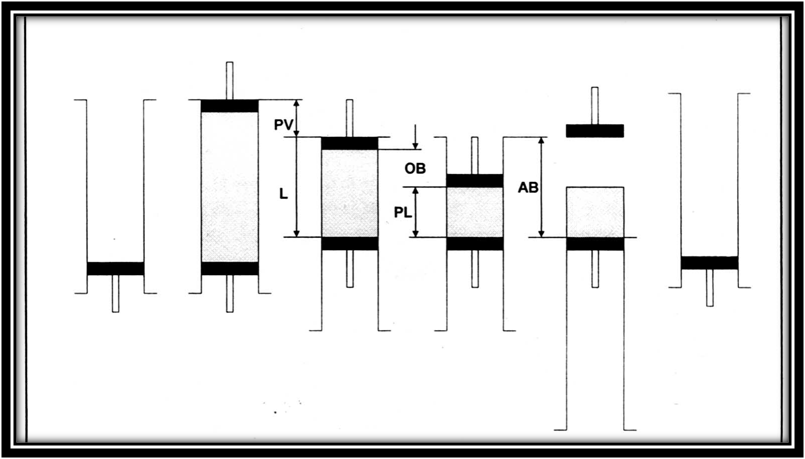Three Types of Forming Cemented Carbide Rods
Three Types of Forming Cemented Carbide Rods

Forming is the most maneuverable process in the production of hard alloy, and it is the key process to ensure the precision and apparent quality of hard alloy blanks. It’s the process of compacting powder into a blank with the desired shape. Its basic requirements are to have a certain strength and specified size.
1. Precision molding
Precision pressing should not only have good hardware, but also good software. Specifically, it is necessary to have: high precision press (TPA press), high precision die, high performance mixture, accurate pressing process parameters and other basic conditions
Precision pressing includes: pressing cycle, pressing process parameter machine and standards of calculation, mixture selection, pressing dies selection, boats selection, and pressing quality, as well as return materials processing, etc.
Pressing Process Diagram↓↓↓

2. Extrusion forming
Extrusion molding is putting the mixture into the extrusion cylinder after plasticizing treatment, then installing dies at one end of the extrusion cylinder with wanted holes on the surface of those dies. An extruder is inserted at the other end of the extruder cylinder. The pressure of the extruder is passed through the extruder to the mixture, which passes through the die hole and becomes a shaped product.
Its advantages are: the length of the product is not restricted in general, and the longitudinal density is more uniform. Meanwhile, it usually has strong production continuity, high efficiency with simple equipment and convenient operation.
3. Cold isostatic pressing
Cold isostatic pressure is based on PASCAL's principle; the pressed powder is sealed in an elastic mold with a certain shape and size, and then placed in a closed high-pressure container. The liquid medium is driven into the container through a high-pressure pump, and the medium exerts pressure evenly on each surface of the elastic mold. The powder in the elastic mold is also subjected to equal pressure in all directions and its shape is reduced proportionally when it is installed, so that the powder is compacted into a compact blank with a certain shape, size and sufficient strength.
Sintering
Sintering is the last major process in the production of cemented carbide. The purpose of sintering is to change the porous powder compact into an alloy with certain structure and properties. The sintering of hard alloy is more complex because of the physical changes and chemical reactions, but mainly because of the physical process, like sintering body densification, carbide grain growth, the change of bonding phase composition and the formation of alloy structure.
The whole sintering process can be roughly divided into four stages:
Waxing pre-burning stage (< 800℃)
Solid phase sintering stage (800℃- eutectic temperature)
Liquid phase sintering stage (eutectic temperature - sintering temperature)
Cooling stage (sintering temperature-room temperature)
If you are interested in tungsten carbide products and want more information and details, you can CONTACT US by phone or mail at the left, or SEND US MAIL at the bottom of this page.





















